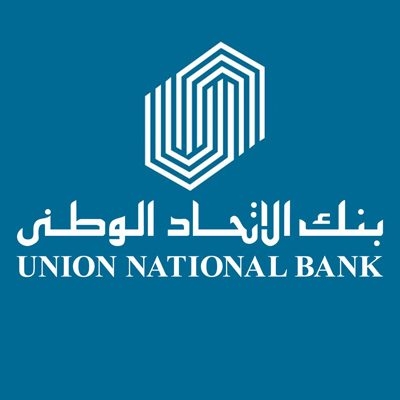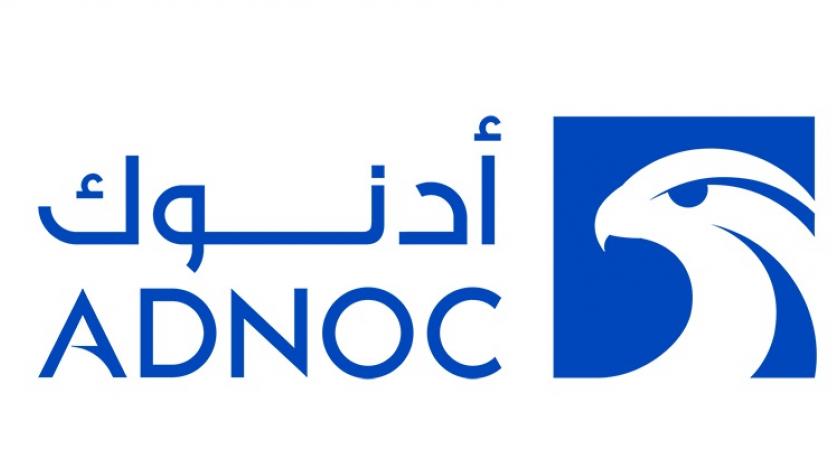
The burgeoning team culture stands on the strong shoulders of senior leadership teams. Senior teams encompass a broader scope of responsibility than traditional management. Senior leadership teams establish strategic plans for team effectiveness; they communicate the mission and inspire team members to put forth their talents aligned with the leader’s vision for achieving a specific goal.
So, what makes the team a senior leadership team?
Organizations have their own versions of senior leadership teams (SLT). For some, it’s the team that supports the founders or CEO in achieving their goals. While for others, a senior leadership team means a team of senior executives, say CFO and Marketing Manager. However, to its core, an SLT team is more than a collection of the organization’s senior-most executives – responsible for directing, creating organizational culture, holding accountability, and so much more!
We’ve discussed here six crucial key traits that can help SLT in maintaining and succeeding its team effectiveness:
1. The holy trinity of teamwork
A leadership team requires three discretely correlated elements that must dovetail smoothly. These include:
- Interdependency: Real leading teams know how to take their leap of faith for their co-members. For work to be done efficiently, team members must put their heads together and be collectively accountable and supportive of each other.
- Stability: Inherent stability is integral to create and manage a successful leadership team. Groups of people cannot become senior leadership teams without having stable membership for a reasonable period.
- Clarity: The last and the most vital aspect for teams in leadership positions must be very clear about who is on their team and who isn’t.
2. The purpose of being
A leadership team isn’t just about the contribution of the individual members or the goals of an organization. Senior leadership teams should be there to accomplish definite goals that no other teams can. For teams to attain leadership roles, there should be a compelling direction that facilitates organizational growth.
3. The right members
In high-performing leadership teams, team members need to be committed to the team’s reason of existence. A CEO selects the right team members who can contribute efficiently to a collective leadership responsible for enterprise-wide capacities like:
- Conceptual thinking
- Massive industry experience
- Compelling leadership attributes
- Empathy and integrity
- Collaborative thought process
4. A robust team blueprint
A perfect team isn’t too small or too big. Having structured and pinpointed team tasks can clarify how teams should work in meetings, presentations, and beyond. This creates a sustainable team culture that fosters collective responsibility among members of leadership teams.
5. Support from the enterprise owners
To avert the roadblocks and work efficiently, leadership teams need the data, resources, and education for their job. There must be performance management and a reward structure to appreciate teams for their contribution.
6. Competent team coaching
The team effectiveness of distinguished teams in an organization is dependent on senior teams. So team coaching should be collectively prioritized and arranged for the members of senior teams. The best teams are constantly coached to help members reach their full potential on an organizational and individual aspect.
Conclusion
Senior teams in leadership roles can help organizations dominate their industry niche, in any market, against any competition, and at any time. The journey from a simple team unit to a transformational leadership team can be challenging and demanding, but coaches can make the journey easy and insightful.
You can also read more informational blogs here.









































